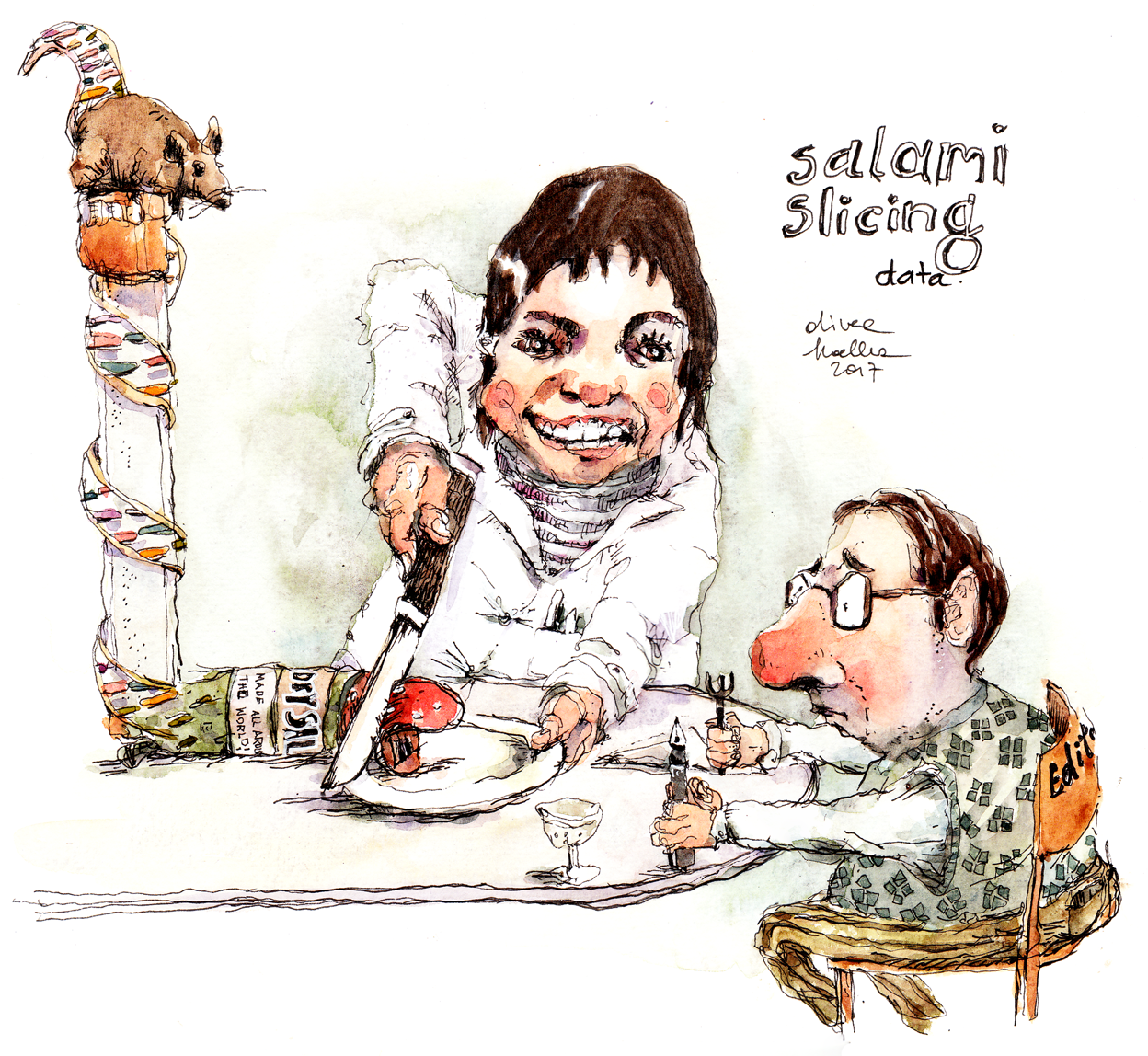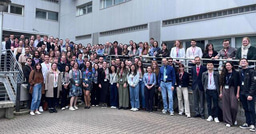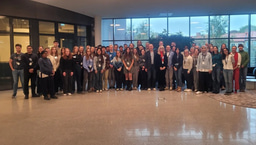

Scientific papers have become too long. It’s time to move in the opposite direction.
The internet has turned attention into a commodity, and that commodification of attention has created an online ecosystem in which digital content competes for the interest of its capricious consumers. The result? Shorter, and often more sensationalist, content. We’ve gone from blogs, to profile pages, to tweets, and even song introductions are now around 15 seconds shorter than they were in the 80s. If attention spans are now too fleeting to cope with long-form input, the solution is to maintain a high-frequency barrage of click-friendly content. Even e-mail is now increasingly viewed as a formal means of communication, compared to the convenience of messaging platforms like Slack.
Conversely, scientific publishing remains mired in an extreme long-form version of dissemination. The average information content of single scientific papers has grown and grown, to the point where a large number of publications are bloated epics that encompass many years work. Not surprisingly, these sagas are also quite hard to read (irrespective of the length of your attention span).
This rising information content – the lengthened narrative arc of a paper – may actually be contributing to the reproducibility crisis, because it encourages important but easily overlooked elements like controls and validations to be left out, or shunted into the often undifferentiated and half-abandoned mass of material labelled “supplemental”. Materials and methods sections are often the first casualties of the need to compress a saga’s worth of data into a manuscript, making it harder to determine – and replicate – what the authors have actually done in experimental terms.
Try and tell a big story within a word limit, and you inevitably start leaving out details – and it’s in those omissions where reproducibility germs can find a niche, and multiply.
Should we then be looking to the often-lamented influence of the internet for inspiration, and trying to reduce the length of content? “Salami-slicing”, the insinuation of carving up a scientific story into infinitesimal sections, is usually used as a pejorative – but the pendulum appears to have swung so far in the other direction that we’re now forcing readers and editors to choke down whole kielbasas.
There are signs that the paradigm is beginning to change. The burgeoning popularity and mainstream acceptance of preprint servers like bioRxiv is allowing faster establishment of priority in discovery, instead of coupling it to the lengthy and often tortuous process of formal publication. The trailblazing journal eLife publishes “research advances” that link to and build on previously-published content, while the perhaps suicidally brave journal Matters has taken things to the logical – or perhaps Twitterish – extreme of publishing single-figure papers.
Does this create a risk of a race to the bottom? By embracing such practices, will we end up with a situation where the value of individual publications becomes so ephemeral as to be almost worthless? Sure. It’s possible, but that doesn’t make it an inevitable consequence, and the situation is currently so unpalatable that some kind of redress feels appropriate. Let’s not forget too that it used to be possible to publish papers using only a single assay and a clear, readable, and most importantly reproducible set of protocols. Tom Pollard’s classic 1986 paper on actin elongation rates is a shining example.
It’s fitting perhaps to conclude with another exponent of short, concise content whose worth has never been questioned – Ernest Hemingway. His clear, tough prose remains a model for scientists and authors alike, and it’s appropriate to remember that “The Old Man and the Sea”, perhaps his definitive work, is a sliver of only 127 pages length.
Not every scientific paper can be a breakthrough, but every scientific paper can be good science. The future should belong to simple, short, and well-crafted work that lets us present our data before it goes stale. Let’s get slicing.
Originally posted on TIR - here.





Join the FEBS Network today
Joining the FEBS Network’s molecular life sciences community enables you to access special content on the site, present your profile, 'follow' contributors, 'comment' on and 'like' content, post your own content, and set up a tailored email digest for updates.